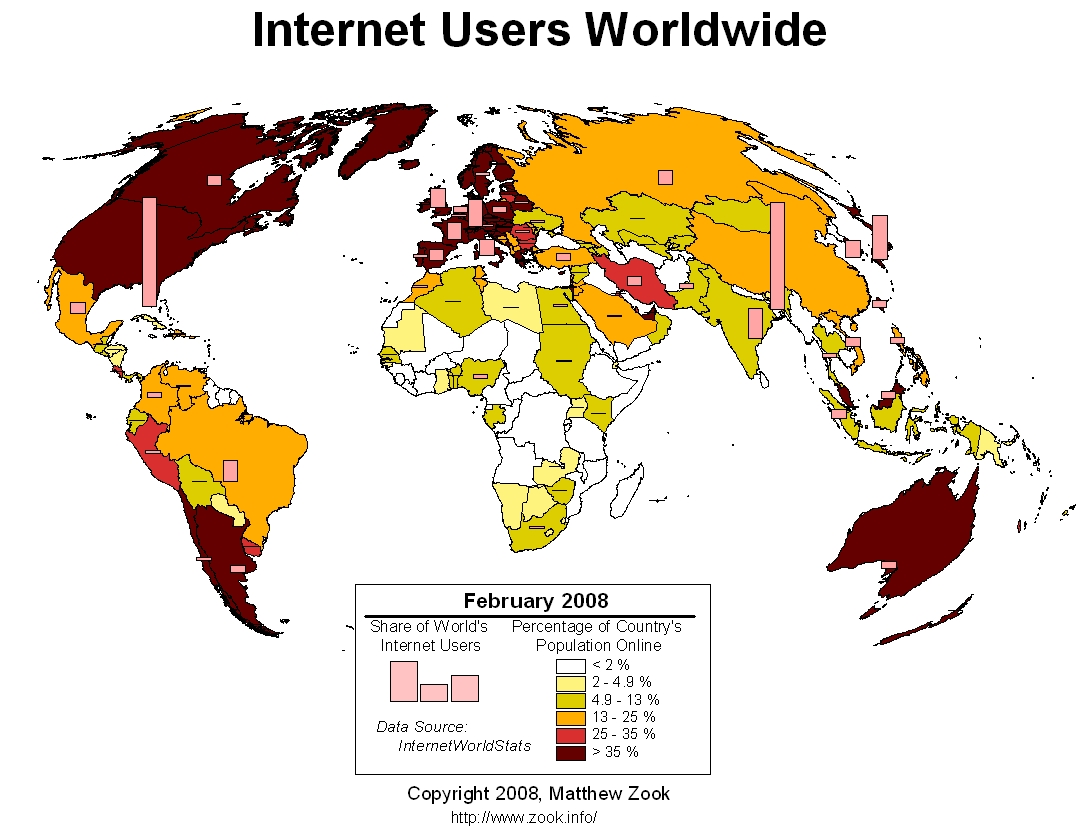Bill McKibben cautions readers in his work The Age of Missing Information that by wholeheartedly embracing new technologies we sacrifice the old – perhaps to more of a degree than we realize.
“ … we usually learn a new way of doing things at the expense of the old way. In this case we’ve traded away most of our physical sense of the world, and with it a whole category of information, of understanding” (p. 34), he writes. Neil Postman issued a similar caution just a few years earlier in his speech “Five Things We Need to Know About Technological Change.” “Technology giveth and technology taketh away,” he counsels.
McKibben specifically bemoans the loss of natural knowledge as we move further from the land. “ … we need to understand the two extremes. One is the target of our drift. The other an anchor that might tug us gently back, a source of information that once spoke clearly to us and now hardly even whispers” (p. 10).
This ebb and flow seems to be an unavoidable side effect of adopting new technology. McKibben muses on the subject as it relates to communication and our relationship to the natural world. Both are innately tied to human beings, and it may be that modern computer mediated communication can help re-establish the broken link between individuals and nature, if we care to listen.
The beginnings of our disconnect may have started as early as the development of the written word. As orality was intimately tied into the “human lifeworld” (1982, p. 42), those connections would begin to alter as writing, and later print, began to change the way humans look at the world. “Writing and print isolate,” notes Ong (p. 74). “There is no collective noun or concept for readers corresponding to ‘audience.’”
The idea of “audience” also conjures up the idea of community – how else could the stories of the oral culture survive without an audience to bear witness to the storyteller’s words?
Interestingly, the demise of community (notably decried in Bowling Alone: The Collapse and Revival of American Community by Robert D. Putnam), may again be gathering strength with the rise of secondary orality, a concept presented by Ong in Orality and Literacy. “This new orality has striking resemblances to the old in its participatory mystique, its fostering of a communal sense, its concentration on the present moment, and even its use of formulas” (1988, p.136).
Since Ong first coined the term in the 1980s, secondary orality has come into its own with the advent of Internet-based communications such as chat rooms or social networking. Just as the advent of writing brought about a change in communication, how we think about community has changed with the rise of online communities.
Computer mediated communication (CMC) has bloomed into a rich group of technologies that have created online communities and enriched offline communities. McKibben himself is no stranger to using new communications technologies to get the word out about his concerns. Founder of 350.org, an online activist group promoting the idea that carbon emissions be reduced to 350 parts per million (ppm), rather than the 450 ppm that big business interests and politicians find acceptable. He uses blogs, YouTube, and is even a member of Facebook. (For an example, go to http://www.youtube.com/watch?v=yAR70RJkyK8)
When he asked in 1993 “Can we, blessed with technology but also with nature, get it right?” (p. 11), one may argue some 15 years later that there are signs of hope. Online groups passionate about the environment, as one example, are creating community and, bolstered by like-minded compatriots in cyberspace, then go back into their own local communities to share their ideals.
Environmentalist Rob Hopkins started the “transition” movement (the transition here is to use less of the Earth’s resources, especially energy) and the original transition town of Totnes, England. The transitionculture.org website posted the notice of a recent event that nicely presents how all these elements – community, secondary orality and CMC – can come together: “An Event in Totnes for Transition Oral History Buffs: How We Used To Live – Food, energy, skills, and elbow-grease: memories of a pre-oil Totnes.” (http://transitionculture.org/2009/11/20/an-event-in-totnes-for-all-transition-oral-history-buffs/)
As we have drifted away from orality yet found our way to a secondary orality, it may be possible that we can re-establish our connection with the Earth by way of a once-unlikely conduit – the computer.
References
McKibben, B. (1993). Daybreak and 5:00 a.m. In The Age of Missing Information. Retrieved from COML 509 Course Resources.
Ong, W. J. (1982). Some Psychodynamics of Orality. In Orality and Literacy: The Technologizing of the Word. Retrieved from COML 509 Course Resources.
Ong, W. J. (1988). Print, Space and Closure. In Orality and Literacy: The Technologizing of the Word. Routeledge. Retrieved from http://books.google.com/books?id=q6qIHSeGgGQC&lpg=PP1&dq=orality%20and%20literacy&pg=PP1#v=onepage&q=&f=false
Postman, N. (1998, March). Five Things We Need to Know About Technological Change. Speech.
Reeder, B., Book Summary of Bowling Alone: The Collapse and Revival of American Community by Robert D. Putnam. Retrieved from http://www.beyondintractability.org/booksummary/10670/

